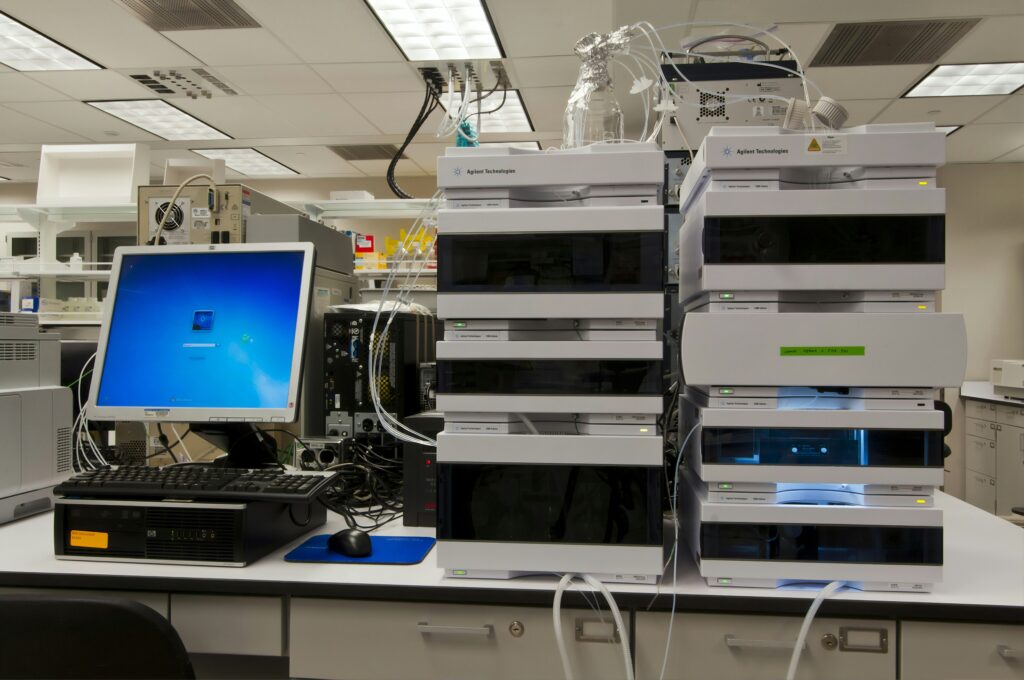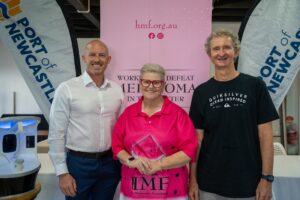
Beneath the surface of lakes and coastal waters lies a hidden world of sediment that plays a crucial role in the health of aquatic ecosystems. The “benthic fluxes” of nitrogen and phosphorus, such as the release of these dissolved nutrients from sediments to their overlying waters, can fuel algae growth and toxic harmful algal blooms (HABs). These phenomena degrade water quality, disrupt wildlife and recreation, and reduce property values.
Florida Atlantic University’s Harbor Branch Oceanographic Institute has pioneered a new approach to monitoring these critical exchanges. Researchers have developed a device known as CAROSEL—short for Chamber ARray for Observing Sediment Exchanges Long-term. This smart, underwater monitoring system is designed to study how nutrients and other chemicals move between lake or ocean sediments and the water above.
Revolutionizing Sediment Monitoring
The CAROSEL device offers a groundbreaking method for tracking nutrient exchanges in real time. Unlike traditional monitoring methods, which are slow, costly, and labor-intensive, CAROSEL operates autonomously. It takes multiple measurements each day without human intervention, providing a continuous stream of data over several weeks.
For their study, FAU researchers tested the CAROSEL in a shallow freshwater retention pond on the FAU Harbor Branch campus in Fort Pierce. The goal was to better understand the interplay of nutrients and oxygen over both day and multi-day cycles, which is crucial for improving water quality monitoring and management.
Key Findings and Implications
The results, published in the journal Limnology & Oceanography, revealed significant insights. Oxygen fluxes in the water followed a daily rhythm, increasing during the day due to photosynthesis and decreasing at night due to respiration. Conversely, sediments consistently consumed oxygen from the overlying water. The study also found that sediments released ammonium (NH₄⁺) throughout the study, while the water column showed signs of nitrogen being added during the day and broken down at night—a surprising finding given the expected nutrient consumption during photosynthesis.
“What’s most exciting is that CAROSEL gave us a detailed, hour-by-hour view of how weather and environmental changes directly affect the chemistry between the lake bottom and the water above,” said Jordon Beckler, Ph.D., senior author and associate research professor at FAU Harbor Branch.
The CAROSEL captured high-frequency, real-time data, revealing sharp, short-term fluctuations in nutrient and oxygen exchange. These findings challenge the common assumption that sediment processes are slow or steady and underscore how tools like the CAROSEL can uncover the hidden, dynamic forces shaping water quality.
Broader Applications and Future Research
CAROSEL’s versatility extends beyond freshwater environments. It is designed to work in both freshwater and marine settings and can be adapted to monitor a wide range of substances, from nutrients like ammonium and nitrate to other parameters such as carbon dioxide or dissolved organic carbon.
“That flexibility means we can tailor the system to different ecosystems and research needs,” said Mason Thackston, first author and graduate research assistant at FAU Harbor Branch.
Thackston is preparing for two new funded projects, one to establish a baseline for benthic nutrient fluxes in an area planned for dredging in the Northern Indian River Lagoon, and another to monitor legacy nutrient fluxes in Lake Okeechobee. The potential for improving the understanding of nutrient dynamics in Florida’s Best Management Practices (BMPs), which are currently underperforming, is significant.
Support and Collaboration
This research was supported by the Harbor Branch Oceanographic Institute Foundation, an FAU I-SENSE seed grant, and the Florida Department of Environmental Protection’s Innovative Technologies for HAB Mitigation Program. Study co-authors include Donald Nuzzio, Ph.D., president of Analytical Instrument Systems, Inc., and Csaba Vaczo, a mechanical engineer at FAU Harbor Branch.
The CAROSEL represents a significant advancement in the field of aquatic ecosystem monitoring. By providing a detailed view of nutrient exchanges, it offers scientists a powerful tool for understanding and managing water quality issues, including nutrient pollution, HABs, low oxygen “dead zones,” carbon cycling, and contaminants. As environmental conditions continue to shift, the ability to monitor these changes in real time will be crucial for protecting aquatic ecosystems.






